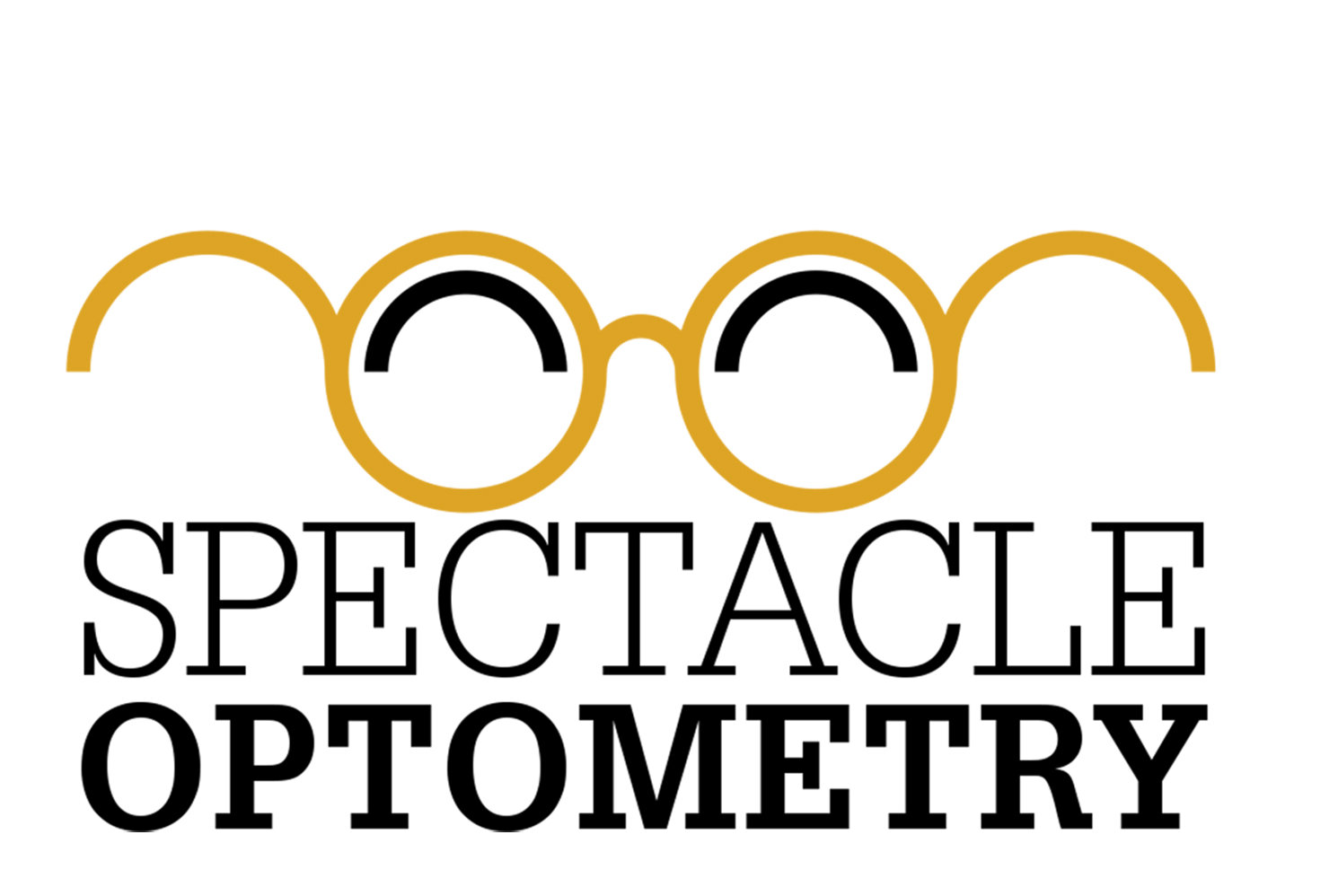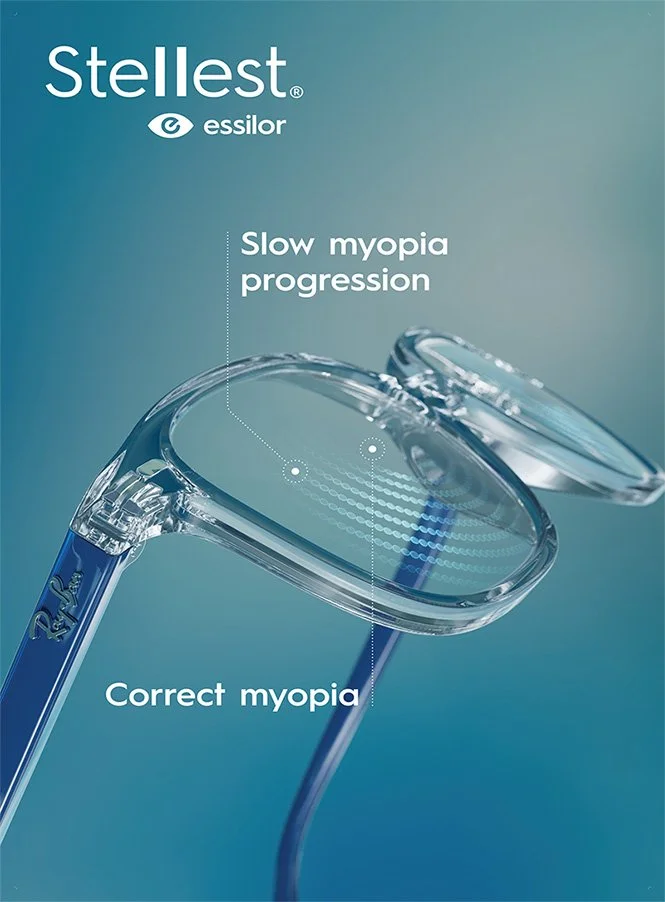STELLAR STELLEST
Over the past several years, there has been a growing epidemic, but it might not be the one you’re thinking of. We’ve been seeing more and more children with nearsighted prescriptions, or myopia as we call it. By 2050, it is estimated that 58% of North America will be myopic. It is clear that myopia is on the rise, but what can we do to slow it down?
Myopia is more commonly referred to as nearsightedness, but there is a little more to it than that. Myopia occurs when your eyes become more elongated causing images to focus in front of the retina, rather than directly on the retina. Studies have shown that increased near work, especially on screens, can cause this elongation of the eye and nearsighted prescription in glasses. A little bit of nearsightedness is not a major problem, but when it starts early in kids, it can only progress as they go through growth spurts or increase that homework load. The biggest progressions in prescriptions are typically seen between the ages of 8-12. Those kiddos with parents who also have nearsighted prescriptions are even more likely to develop myopia and the struggles that can arise with this condition. Even those without any family history are about 25% more likely to develop myopia nowadays! Aside from the blurry vision in the distance, increased myopia can also put kids and adults at more risk for glaucoma, retinal detachments, and cataracts. Not to mention the inconvenience of only being able to see inches from your face without glasses or contacts. Eek!
So what can be done for children without any nearsighted correction yet to make sure they avoid myopic progressions? We wrote a blog previously here, where we discussed some of the myopia control options like atropine drops, orthokeratology overnight hard contact lenses, and MiSight daily soft contact lenses. Today, we are excited to be going over the newest tool in our arsenal, Stellest glasses lenses by Essilor.
Glasses to slow down this growing epidemic have been around for years in other countries, but this is the first of it’s kind in the US to get FDA approval, so to say we are excited, might be an understatement! We’ve seen some of our younger patients struggle with putting contacts on to control their myopia, so having a pair of glasses, like they are already used to wearing, is a no-brainer.
How does it work?
The Stellest lenses use a H.A.L.T. technology, or a pattern of aspheric microscopic “lenslets” that create a myopic defocus in front of the retina acting as a signal to slow down eye elongation. They also have a series of 11 rings almost acting like what we see in a multifocal contact lens, where there is a peripheral defocus to slow the elongation of the eye as well. Studies have shown that when kids wear the Stellest lenses for at least 12 hours each day, there has been an average of 67% decrease in myopic progression! Longer on-going studies have shown a decrease in progression of 71% on average over two years.
While these glasses lenses and other contact lens options are amazing ways to significantly slow progression of nearsightedness, there are also some simple things at home to keep in mind as other ways to keep our kid’s eyes from progressing. Studies show more time outdoors, taking breaks from screens and near work, and making sure they don’t hold material too close to their eyes are other tools to keep in mind in the effort to control myopia progression. Also, remember your annual eye exams are your best way to see if their eyes are on track or if there are any changes that need to be more closely monitored!





